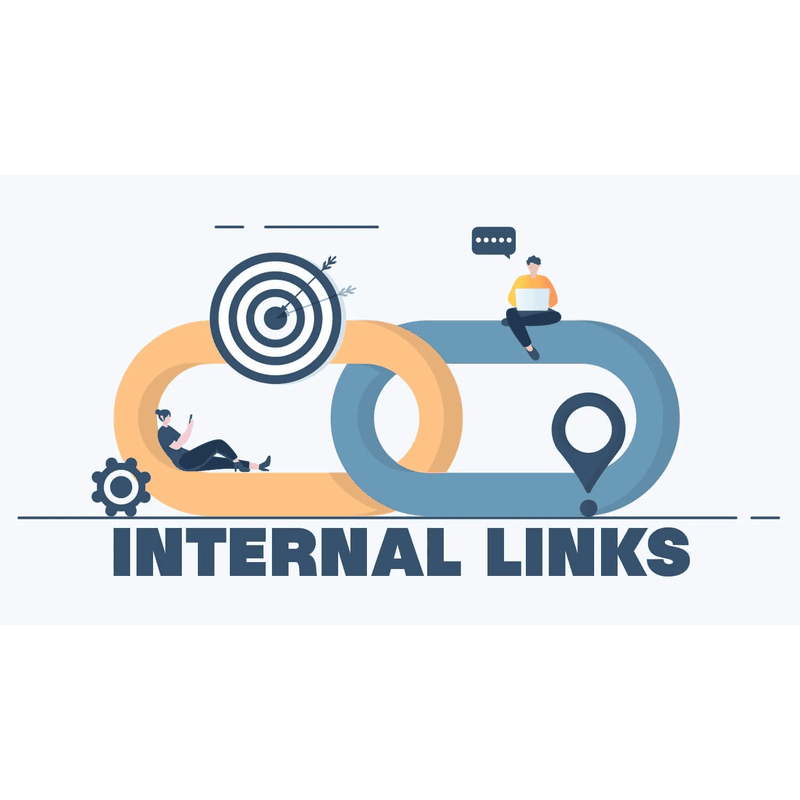Internal Linking: A Key to SEO Success

Internal linking is one of the most powerful yet often overlooked strategies in search engine optimization (SEO). It refers to the practice of linking one page of a website to another page within the same domain. While it may seem simple, internal linking plays a vital role in helping search engines understand your site’s structure, distributing link equity, and guiding visitors to valuable content. A strong internal linking strategy can significantly improve both rankings and user experience.
One of the main benefits of internal linking is that it helps search engines discover and index pages more efficiently. When search engine bots crawl a website, they follow links to find new or updated content. By creating clear pathways through internal links, you ensure that even deeper pages, which might not receive external backlinks, get indexed. Additionally, internal links help define the hierarchy of your website, signaling to search engines which pages are most important.
Internal linking also improves user experience by guiding visitors to related or relevant content. When readers can easily navigate to supplementary articles, guides, or product pages, they are more likely to spend more time on your site. This increased dwell time and reduced bounce rate send positive signals to search engines, indirectly boosting your SEO performance. Well-placed links also encourage users to explore your website more thoroughly, increasing the chances of conversions or repeat visits.
To make the most of internal linking, focus on relevance and natural placement. Link to related content using descriptive anchor text that gives both users and search engines an idea of what to expect. Avoid overloading pages with excessive links, as this can dilute their value. Instead, prioritize linking to cornerstone content or high-converting pages. Regularly review and update your internal links to ensure they remain functional and aligned with your SEO goals.
In conclusion, internal linking is more than just a navigation tool—it’s a strategic SEO asset. By improving crawlability, distributing authority, and enhancing the user journey, it helps strengthen your site’s visibility and performance. A thoughtful internal linking strategy can make the difference between a website that struggles for attention and one that consistently ranks higher in search results.
Creativity Meets Code.
Join our mailing list
© Copyright xklsv 2025. All Rights Reserved
xklsv